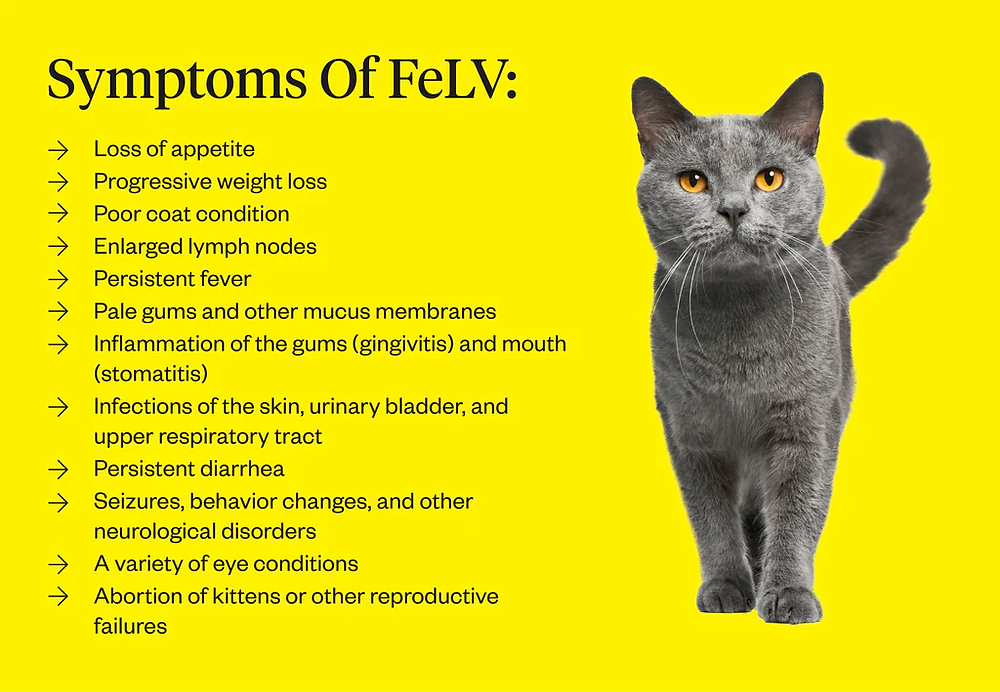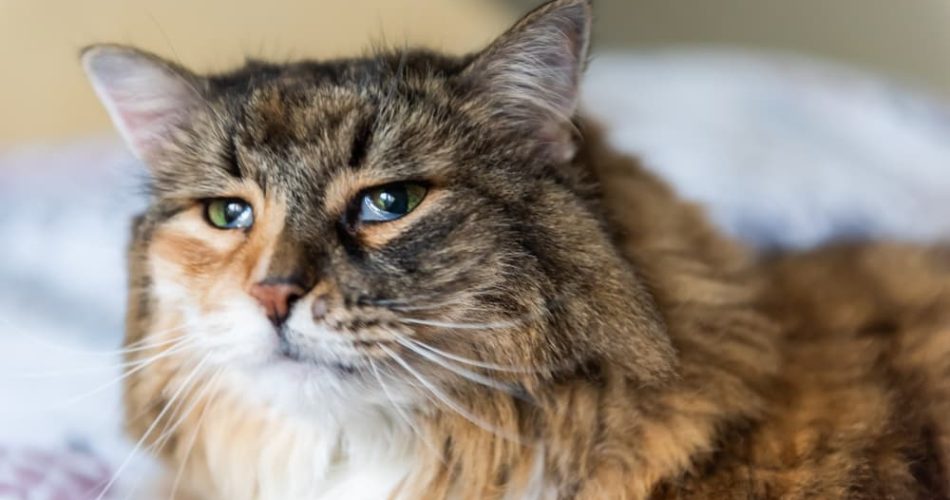Feline leukemia virus, commonly known as FeLV, is a highly contagious and life-altering disease that affects cats. It weakens the immune system, making cats more vulnerable to other infections and illnesses. This virus is a leading cause of disease-related deaths in cats, but with proper awareness and preventive care, the risks can be significantly reduced. Understanding its symptoms and preventive measures is crucial for any cat owner.
Symptoms of Feline Leukemia Virus
The symptoms of feline leukemia virus vary widely depending on the stage of the infection and the cat’s overall health. Some cats may remain asymptomatic for months or even years, while others develop noticeable signs relatively quickly. One of the earliest signs of FeLV is a general decline in health. Cats may appear lethargic and show less interest in playing or interacting. Appetite loss is another common symptom, often leading to unexplained weight loss over time.
FeLV can cause recurring infections, including respiratory infections, bladder infections, and skin issues. This happens because the virus compromises the immune system, making it harder for the cat to fight off pathogens. Anemia is another common symptom of FeLV, and this often presents as pale gums or a yellowish tint to the eyes and skin. Cats may also suffer from chronic fever and swollen lymph nodes.
In more advanced cases, the virus can lead to neurological symptoms such as difficulty walking, seizures, or sudden behavioral changes. Additionally, FeLV significantly increases the risk of developing certain cancers, such as lymphoma, which may affect internal organs like the intestines or chest. Since the symptoms of FeLV can overlap with those of other illnesses, regular veterinary checkups and diagnostic testing are essential.

Prevention of Feline Leukemia Virus
While there is no cure for feline leukemia virus, several preventive measures can help protect cats from becoming infected. Vaccination is one of the most effective tools for preventing FeLV. It is especially recommended for kittens, outdoor cats, or cats that live in multi-cat households where the risk of exposure is higher. Though the vaccine does not provide 100 percent immunity, it significantly reduces the likelihood of infection.
Keeping cats indoors is another important step in preventing FeLV. Outdoor cats are more likely to encounter other cats, some of whom may carry the virus. By keeping your cat indoors, you not only limit their exposure to potentially infected animals but also protect them from other outdoor dangers.
Testing new cats before introducing them into your home is crucial if you already have other cats. This simple precaution can prevent the accidental spread of the virus to healthy cats in the household. FeLV is transmitted through saliva, nasal secretions, urine, feces, and milk from infected cats. Casual grooming or sharing food and water bowls can also lead to transmission, so it’s important to avoid sharing resources between infected and uninfected cats.
Spaying or neutering your cat can also play a role in prevention by reducing aggressive behaviors like fighting, which often results in bite wounds that spread FeLV. Regular veterinary checkups and routine FeLV screenings are essential for catching the virus early and managing its impact on your cat’s health.
Minimizing stress in your cat’s environment is also crucial. Stress weakens the immune system, making cats more susceptible to illness. Providing a calm, safe space for your cat can go a long way in boosting their overall health and reducing the likelihood of infections.

Conclusion
Feline leukemia virus is a serious and often life-threatening condition, but with vigilance and proactive care, it can be managed and, in many cases, prevented. Recognizing the symptoms of FeLV, such as recurrent infections, anemia, and weight loss, can help you seek timely veterinary care. Preventive measures like vaccination, keeping cats indoors, regular health screenings, and avoiding contact with infected cats are vital in safeguarding your feline companion’s health. While a positive FeLV diagnosis is challenging, cats with this virus can still enjoy a good quality of life with the right care and attention.
